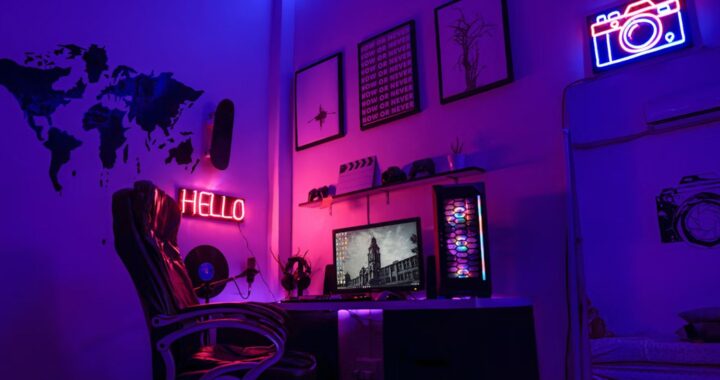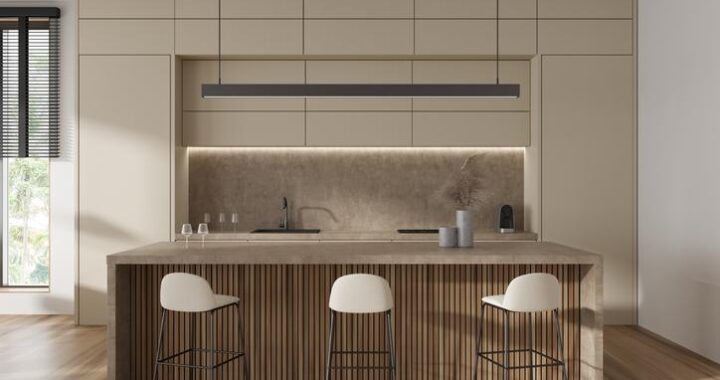How to Arrange Furniture in a Small Bedroom

1. Start with the Bed
The bed is usually the largest piece of furniture in a bedroom, so it should be the first item you place. Position it against the longest wall to create a sense of balance.
If you’re using a full bed, it’s helpful to know the full size bed dimensions, so you can plan accordingly. By understanding the dimensions, you can ensure the bed fits comfortably without overwhelming the room.
2. Use Multi-Functional Furniture
In a small bedroom, every piece of furniture should serve more than one purpose. Consider a bed with storage drawers underneath or a nightstand that doubles as a desk. Multi-functional furniture helps you save space while still providing the functionality you need. For example, a storage ottoman can be used as seating, a footrest, and a place to store extra blankets or pillows.
3. Opt for Minimalist Decor
A small bedroom can quickly feel cluttered if there’s too much going on. Stick to minimalist decor to keep the space feeling open and airy. Choose a simple color palette, limit the number of decorative items, and avoid bulky furniture. Mirrors can also help make a small room feel larger by reflecting light and creating the illusion of more space.
4. Maximize Vertical Space
When floor space is limited, look up! Use your walls to store and display items. Floating shelves, wall-mounted lighting, and hooks can help you make the most of your vertical space.

This frees up valuable floor space while keeping your belongings organized. A tall, narrow bookshelf or a hanging organizer behind the door are also great options for adding storage without taking up too much room.
If you’re dealing with an even smaller area, you might find these tiny home design hacks helpful for making your space feel more open and functional. Remember, the key is to focus on what matters most: creating a space that works for you.
5. Consider the Flow of Movement
Even in a small bedroom, it’s important to consider how you’ll move around the space. Arrange your furniture in a way that allows for easy access to the bed, closet, and any other key areas. Avoid placing furniture where it will block pathways or create obstacles. Think about how you’ll enter the room and move from one area to another—this will help you determine the best layout.
6. Create Zones for Different Activities
If your bedroom needs to serve multiple purposes—like a workspace or a relaxing retreat—consider creating distinct zones for each activity.

For example, you might place a small desk in one corner for work and leave the area around the bed dedicated to relaxation. Rugs can help define these zones, adding both style and function to your space.
7. Keep It Clutter-Free
Clutter can make any small room feel even smaller. To keep your bedroom looking tidy and spacious, be diligent about organizing and decluttering regularly. Use baskets, bins, and drawer organizers to keep items out of sight. The more streamlined your space, the larger it will feel.
Small Bedroom, Big Impact
In a small bedroom, every decision counts. By carefully arranging your furniture and choosing pieces that maximize space, you can create a room that feels much larger than it is. Keep in mind the importance of flow, scale, and storage, and don’t be afraid to get creative with how you use your space. With the right approach, your small bedroom can become a cozy, comfortable, and functional haven.

 How to Modernize Your Spa Room at Home
How to Modernize Your Spa Room at Home  Tips for Designing Your Own Gaming Space
Tips for Designing Your Own Gaming Space  How to Make Oak Cabinets Look Modern: Stylish Updates and Design Tips
How to Make Oak Cabinets Look Modern: Stylish Updates and Design Tips